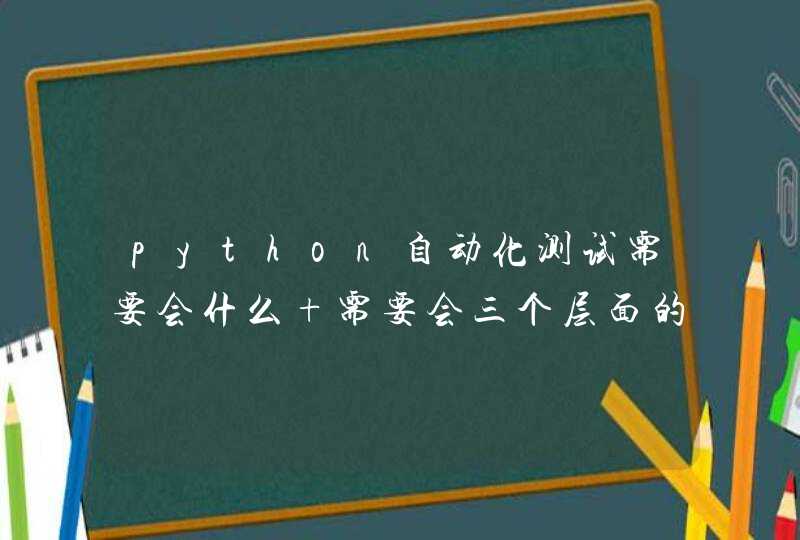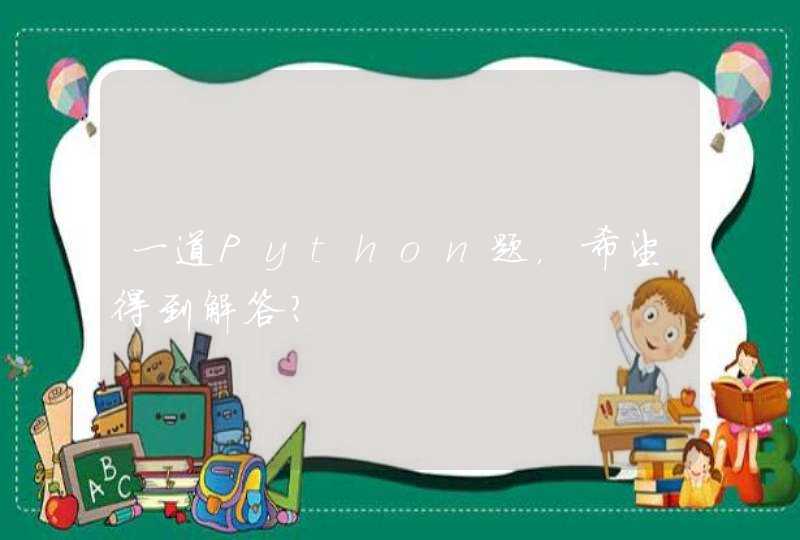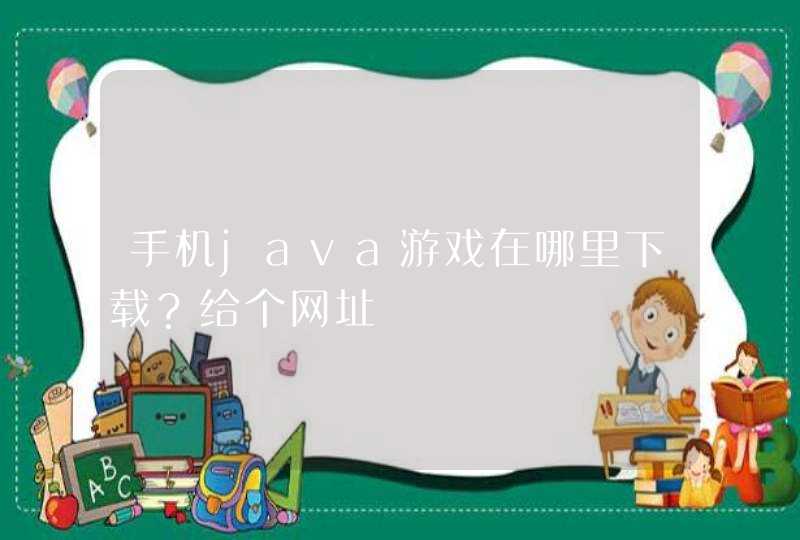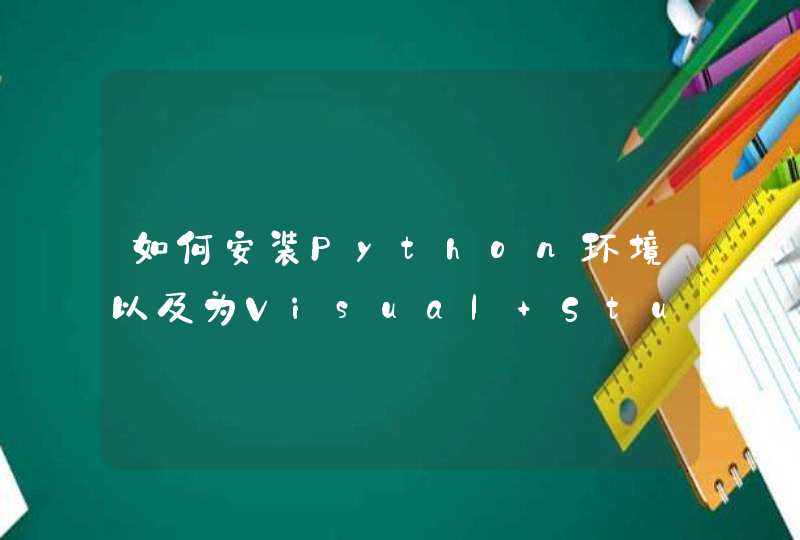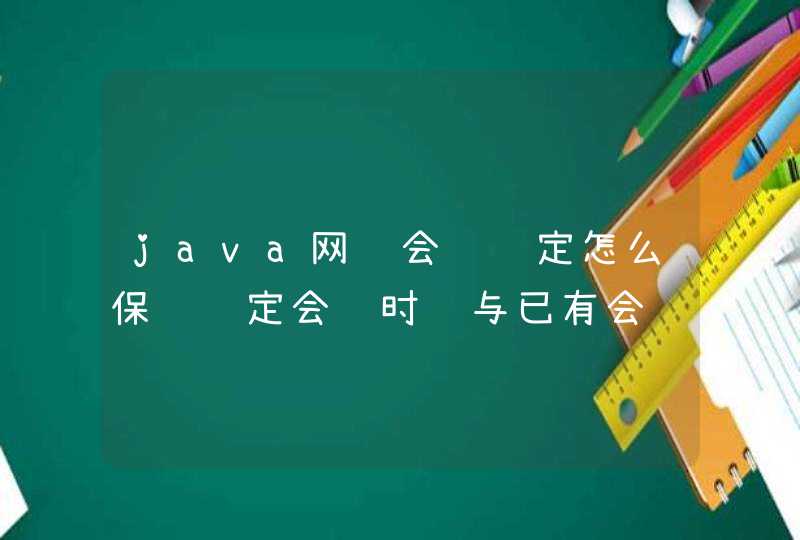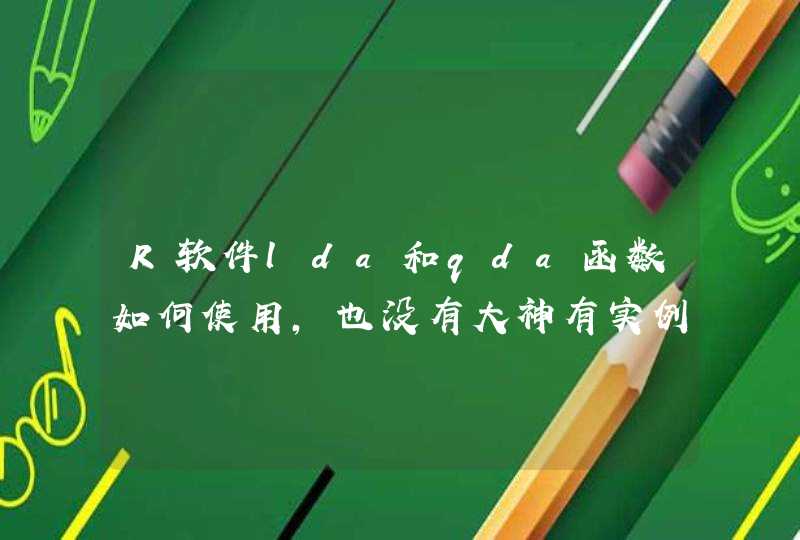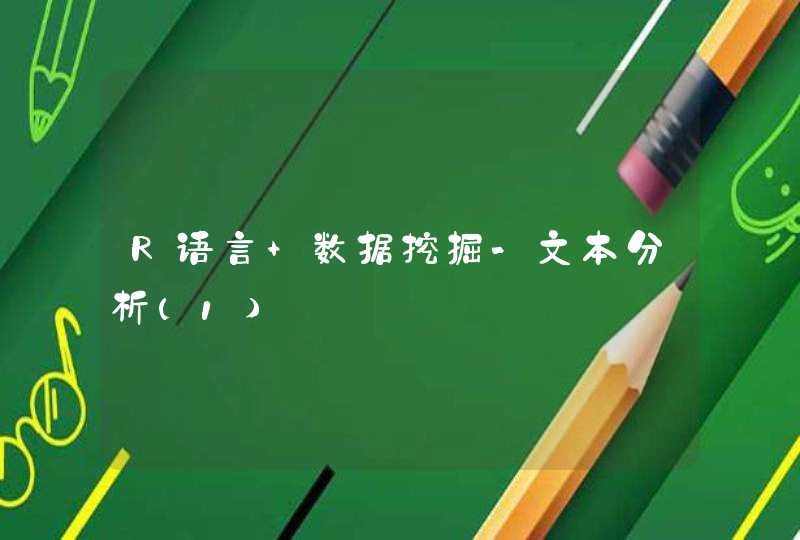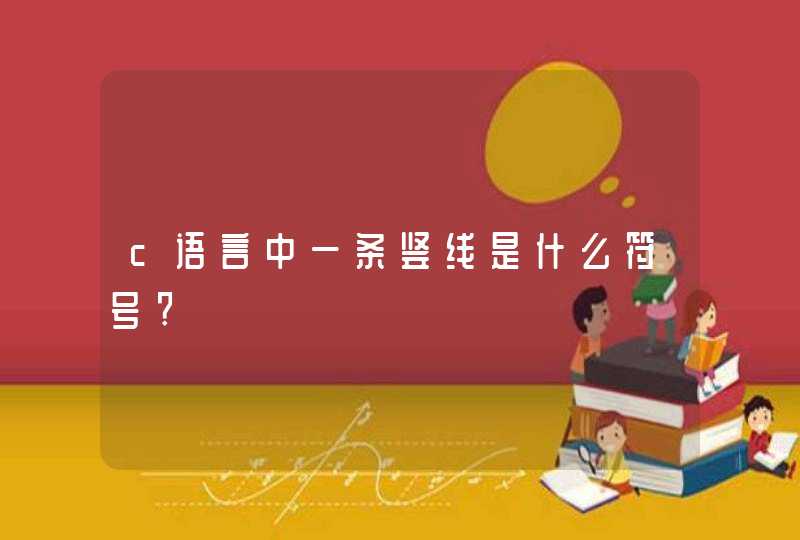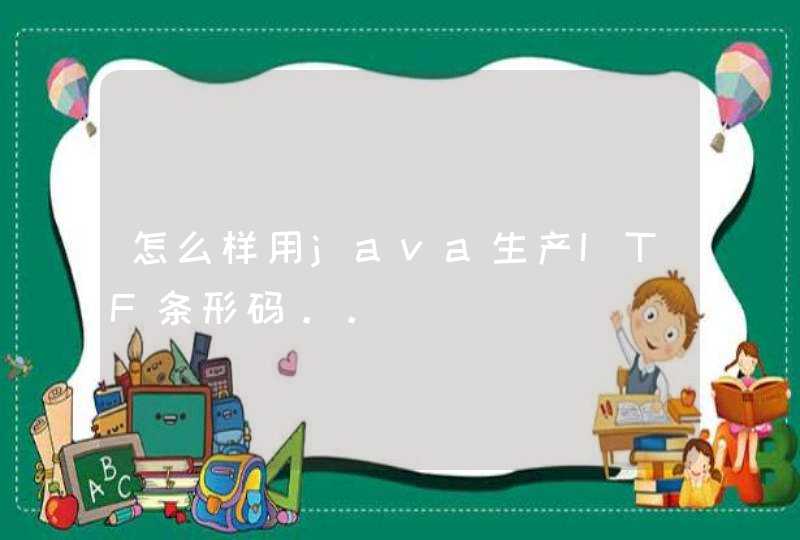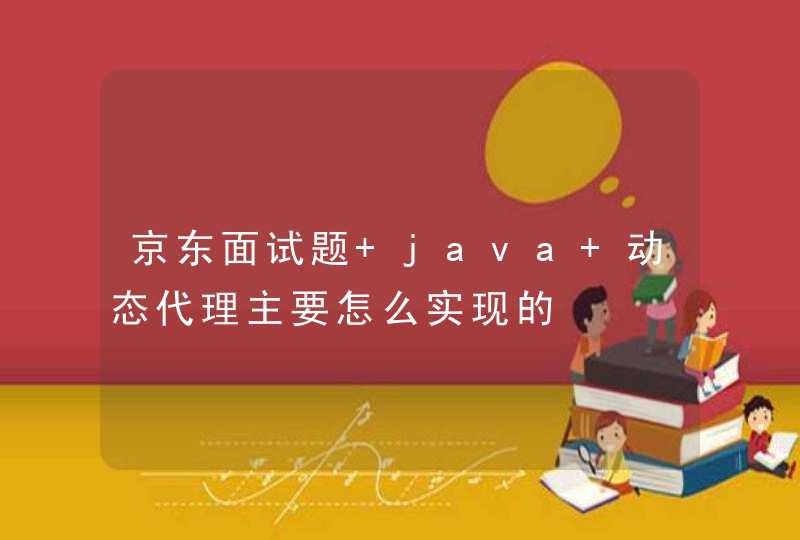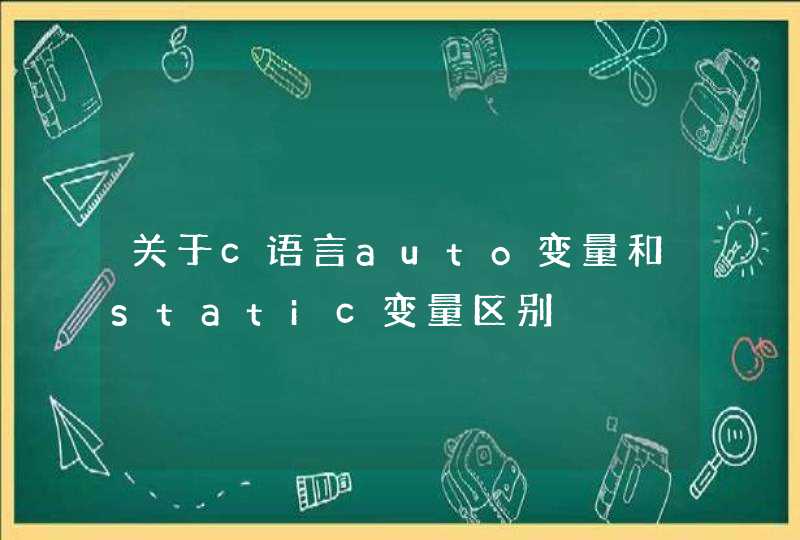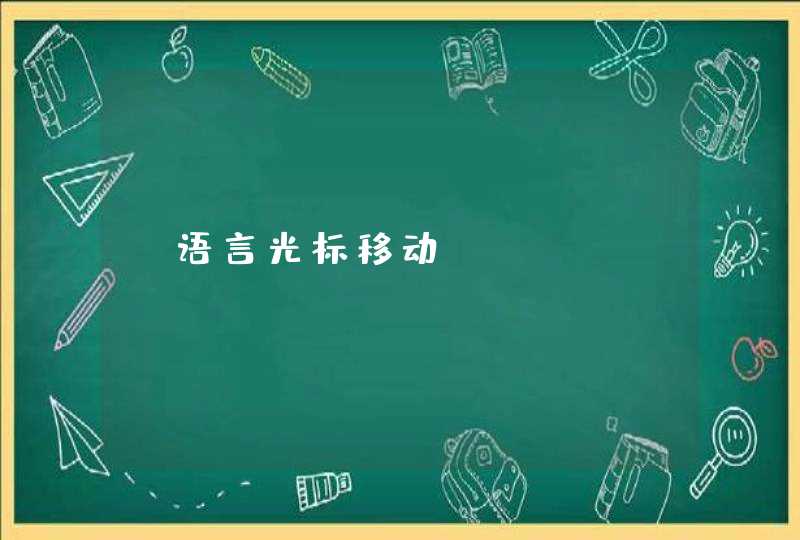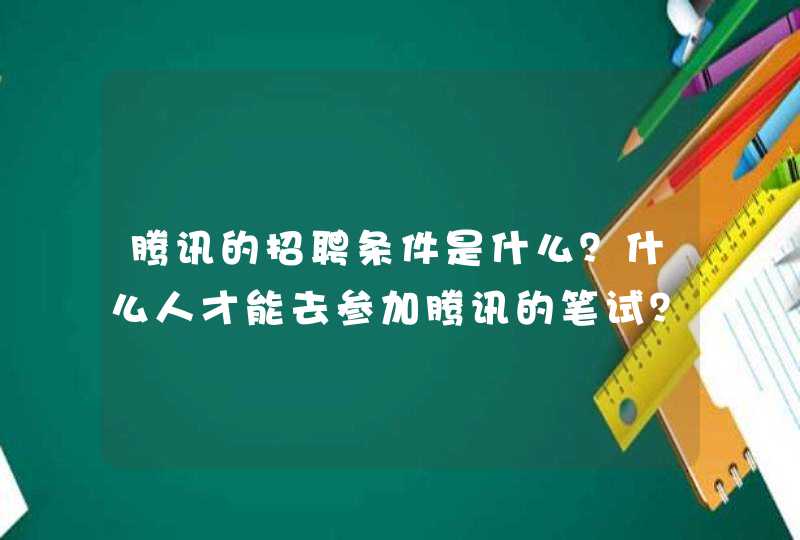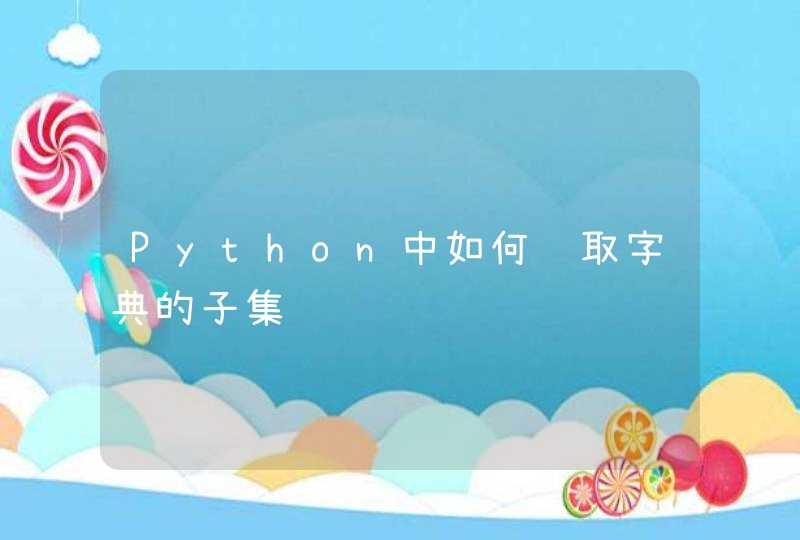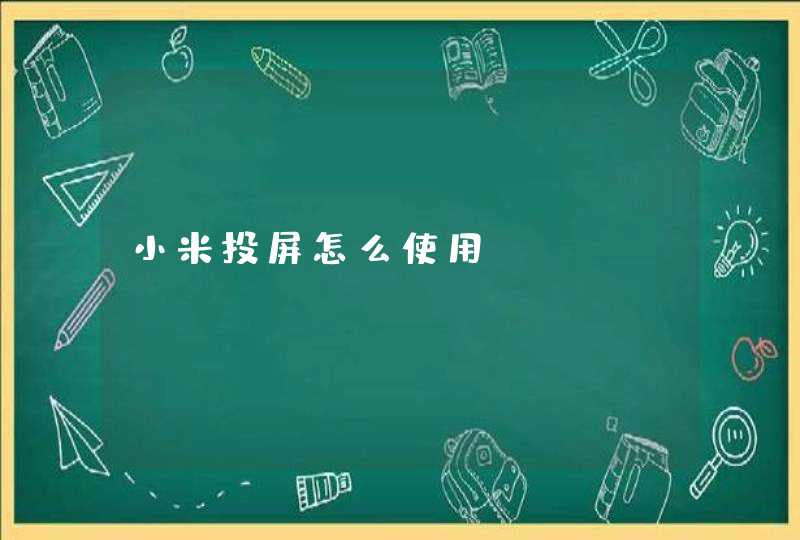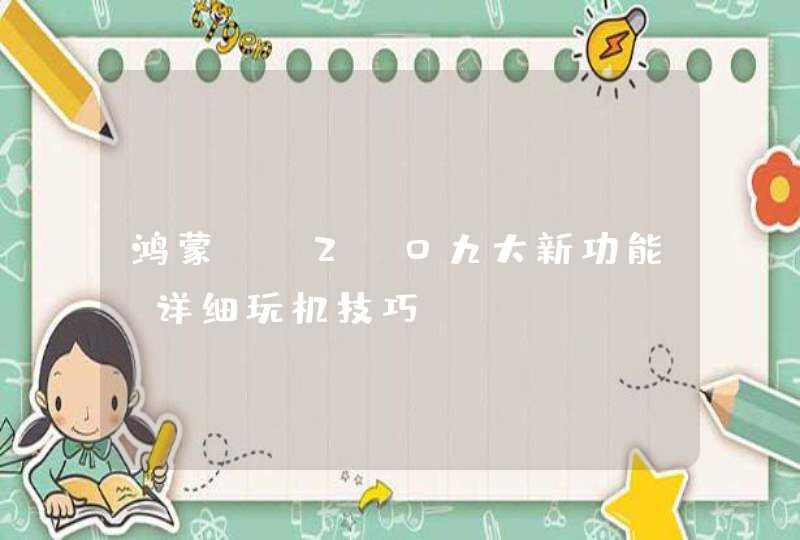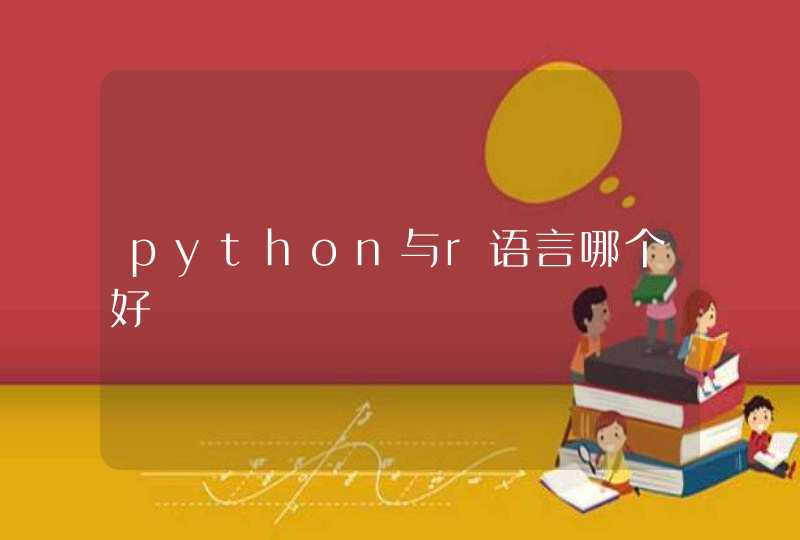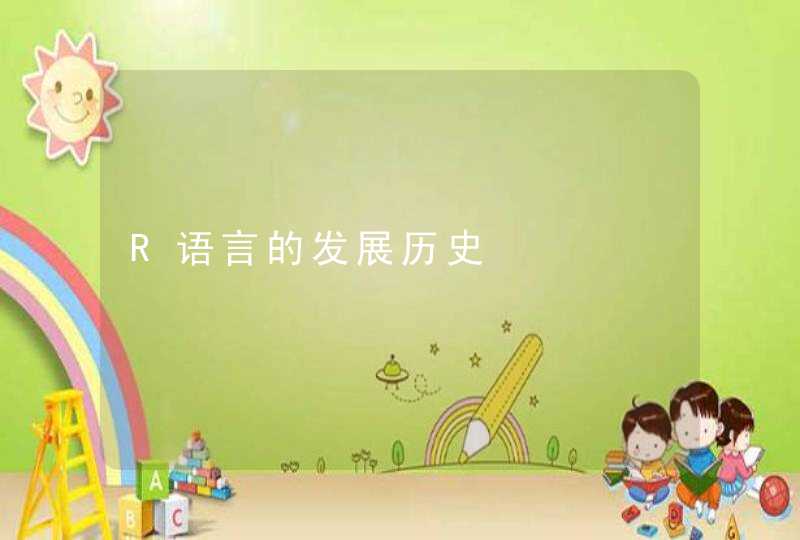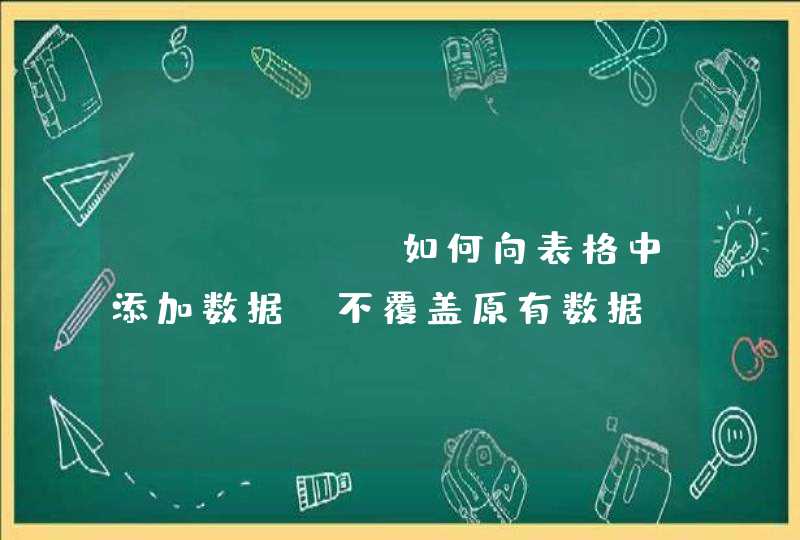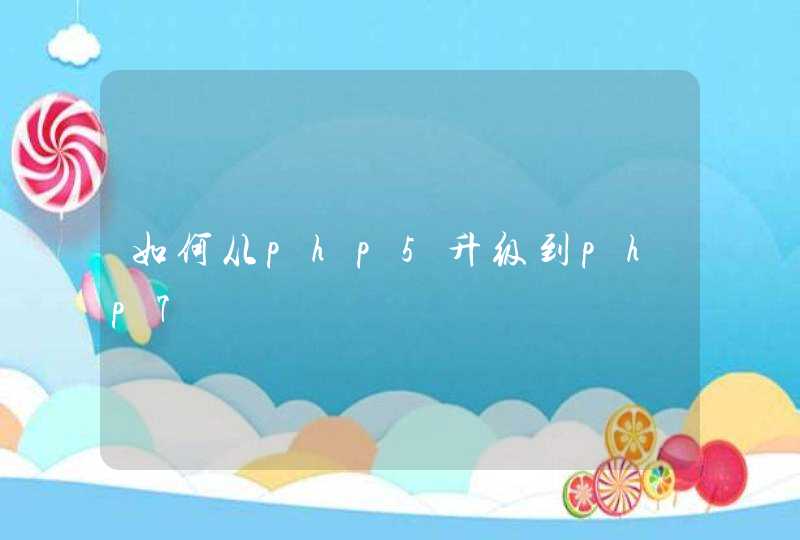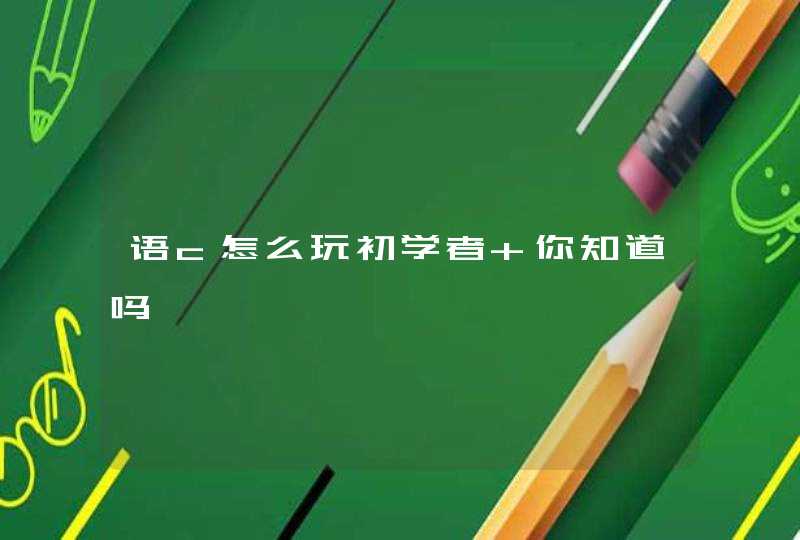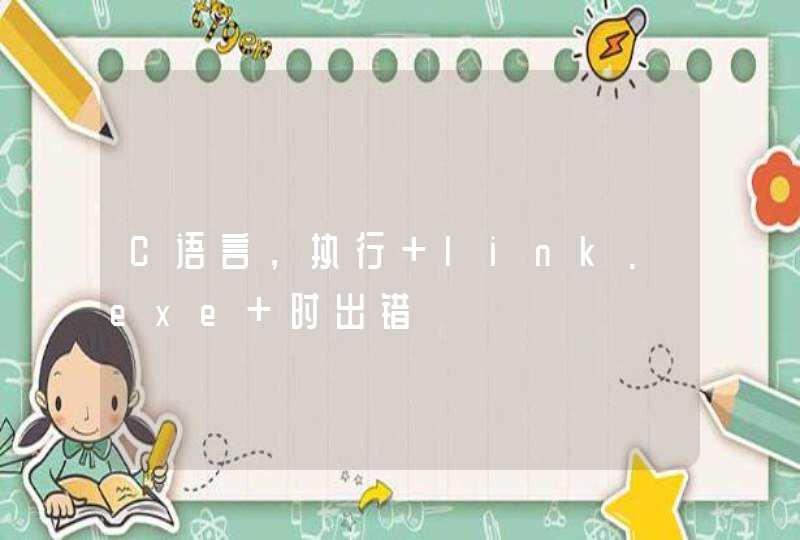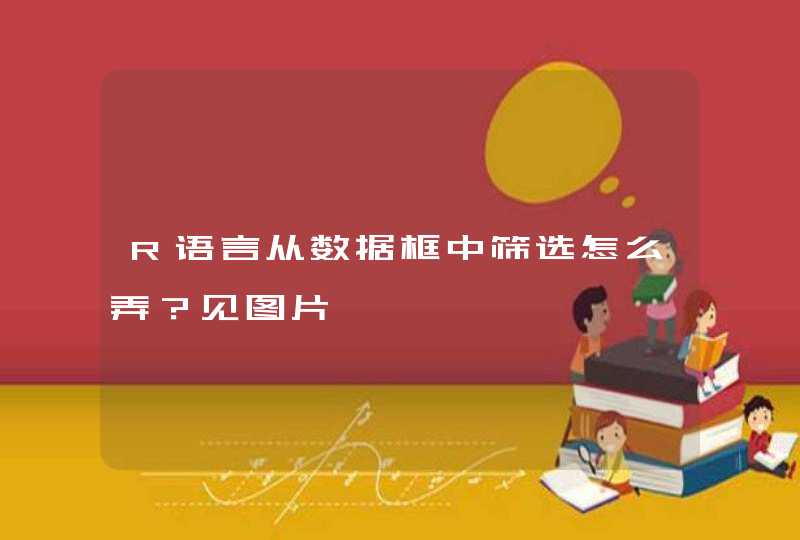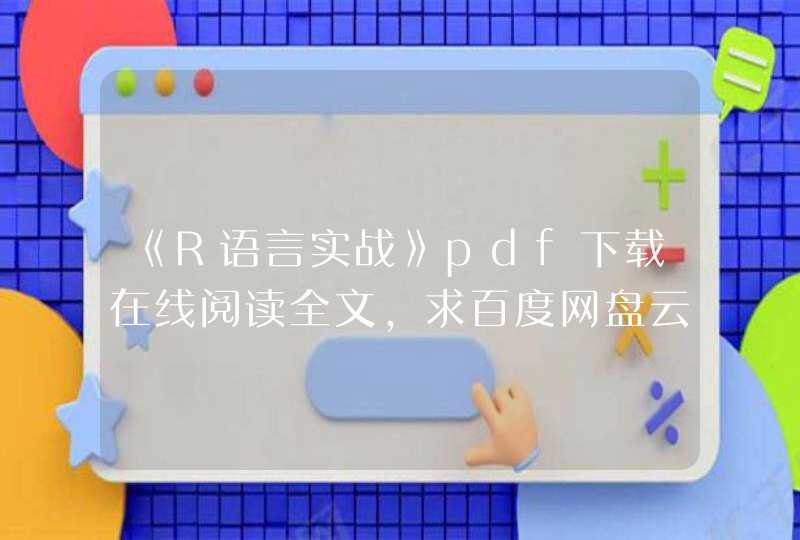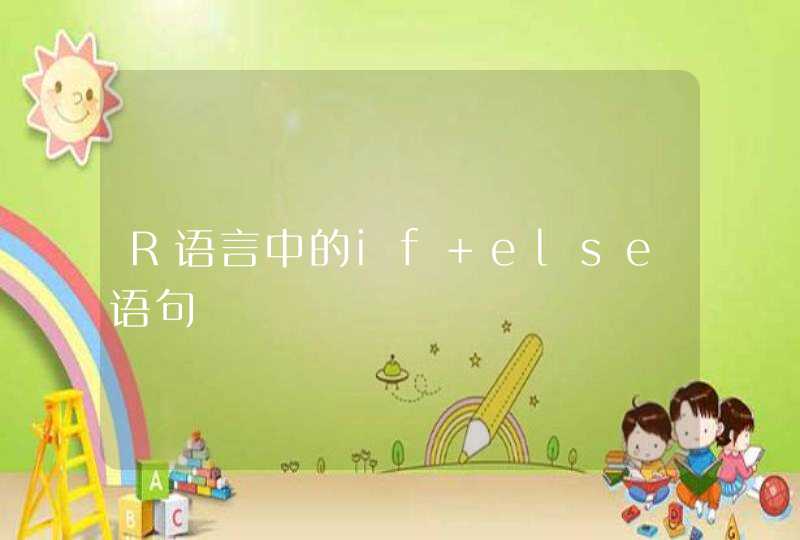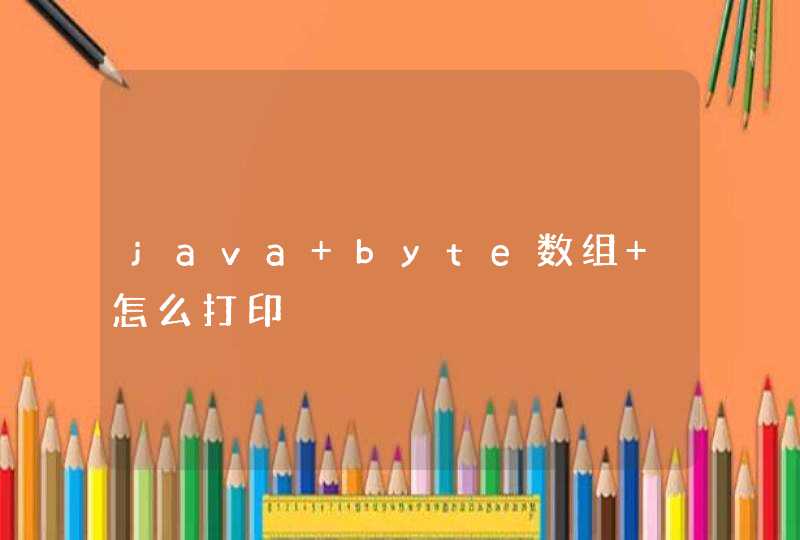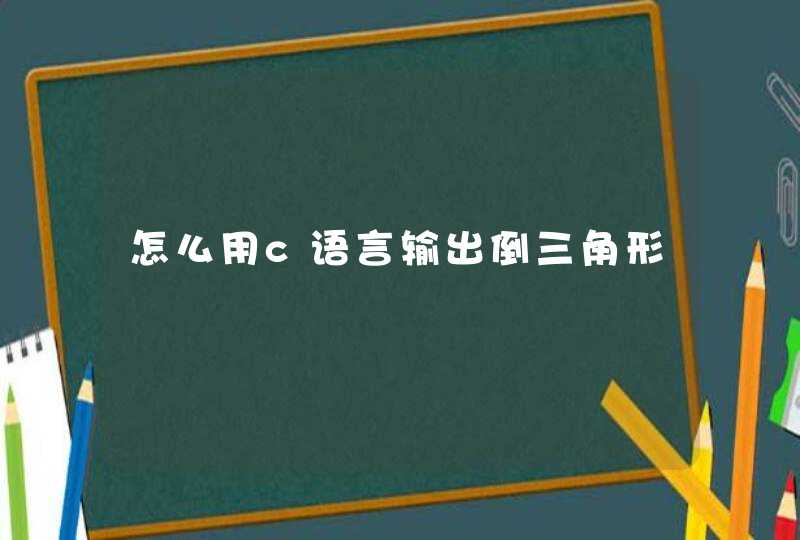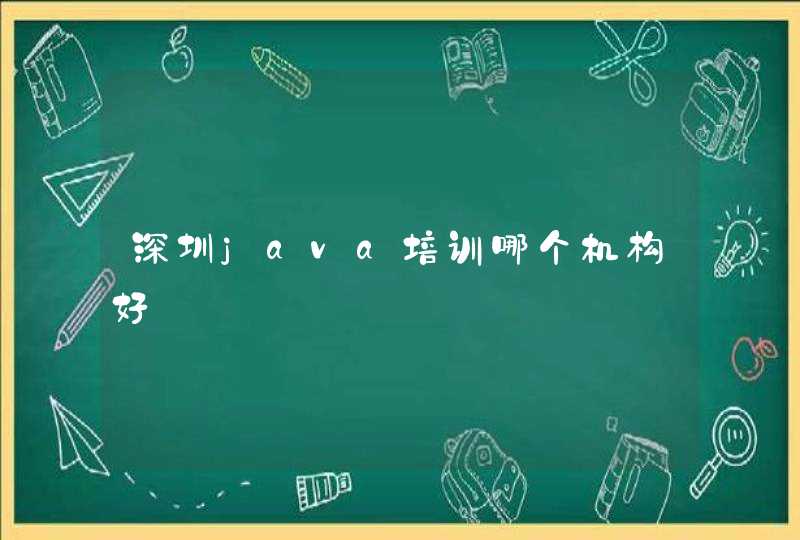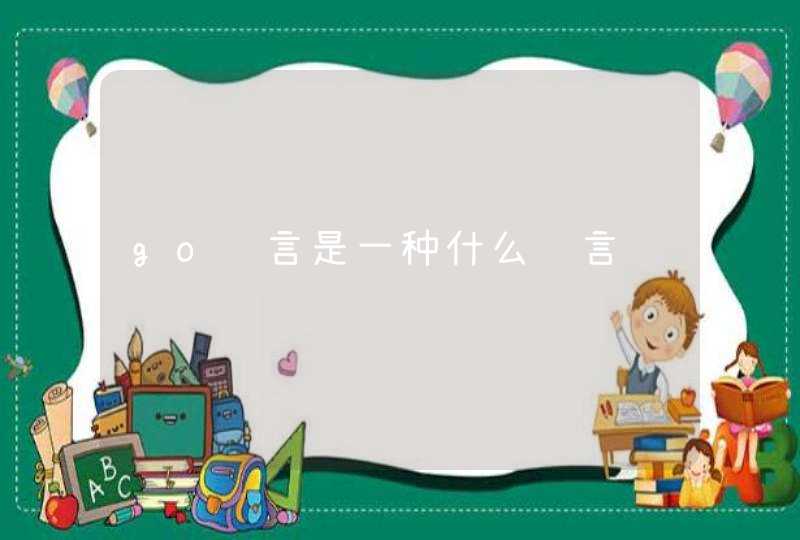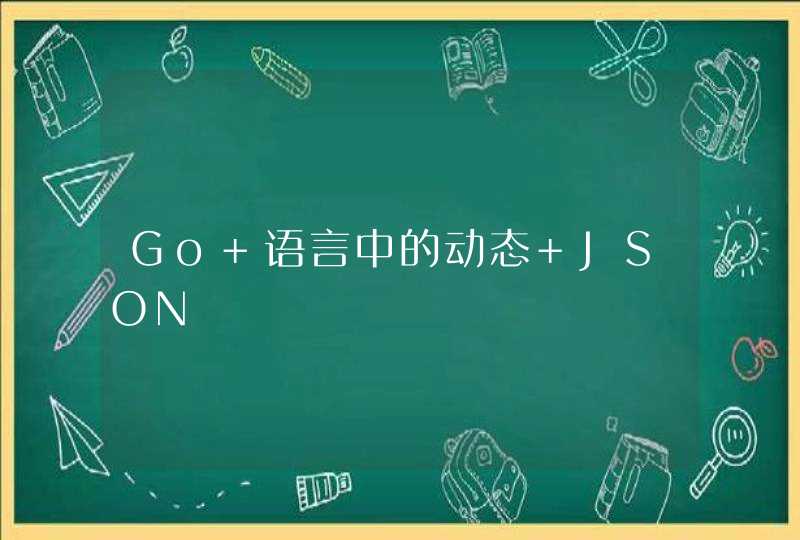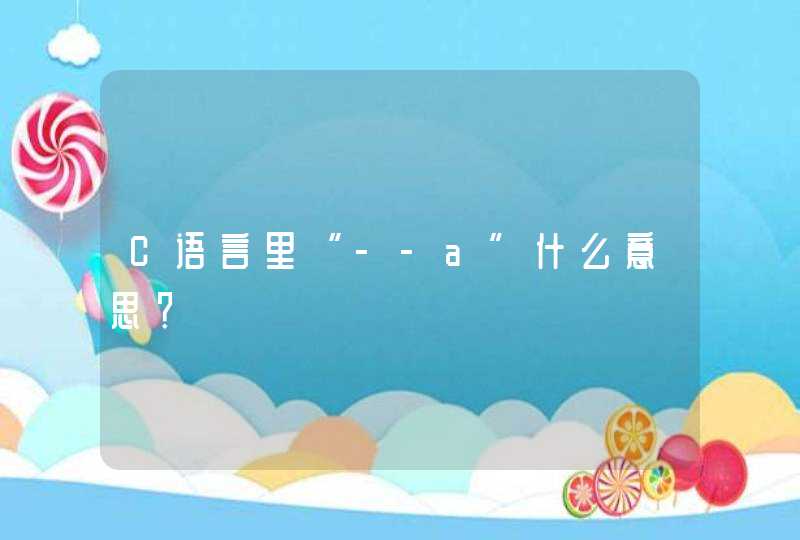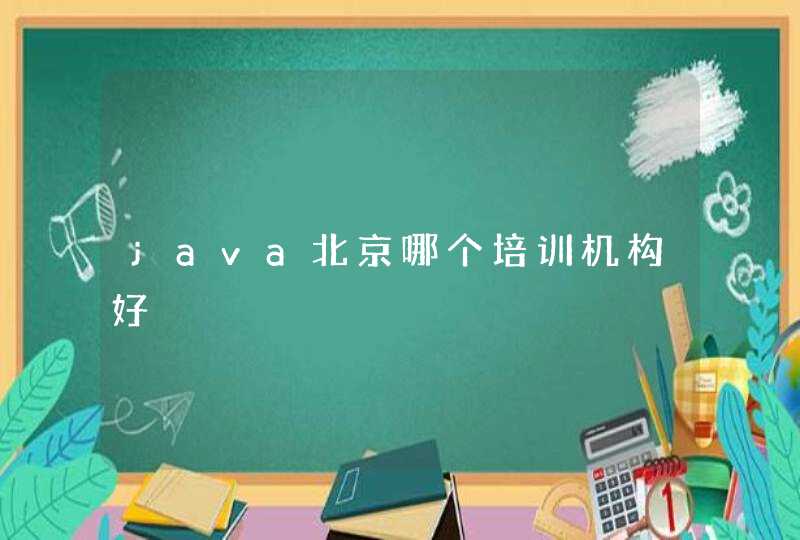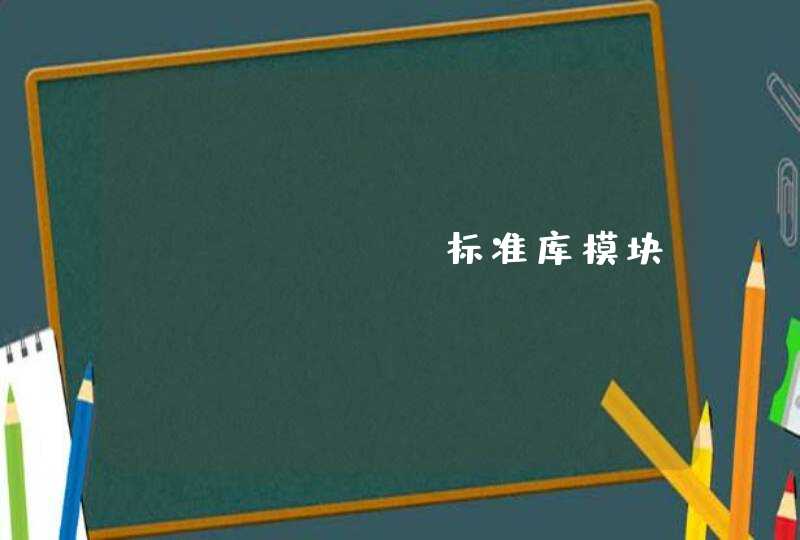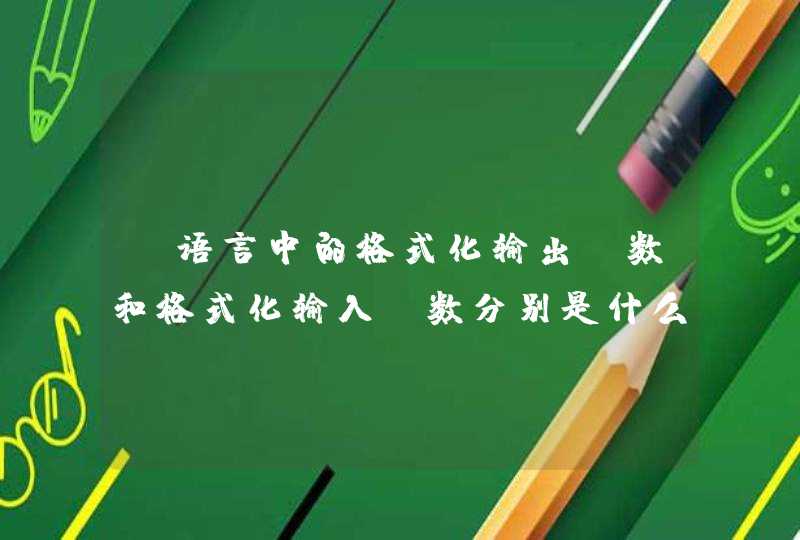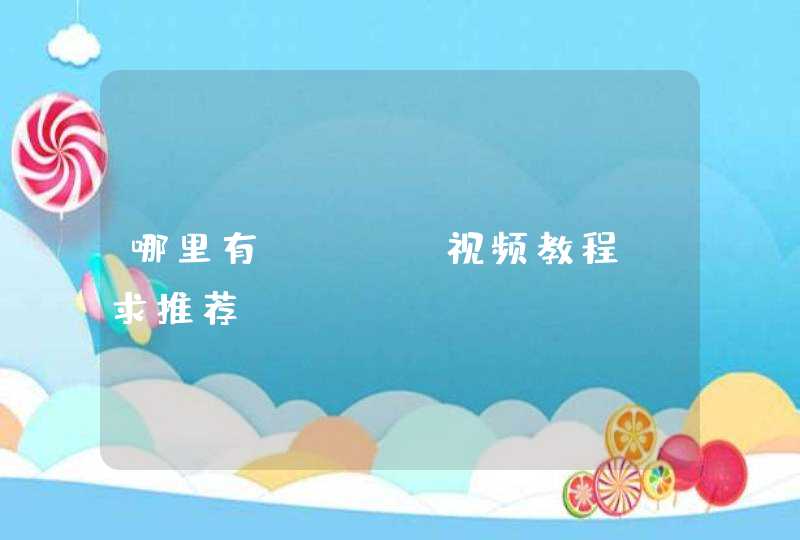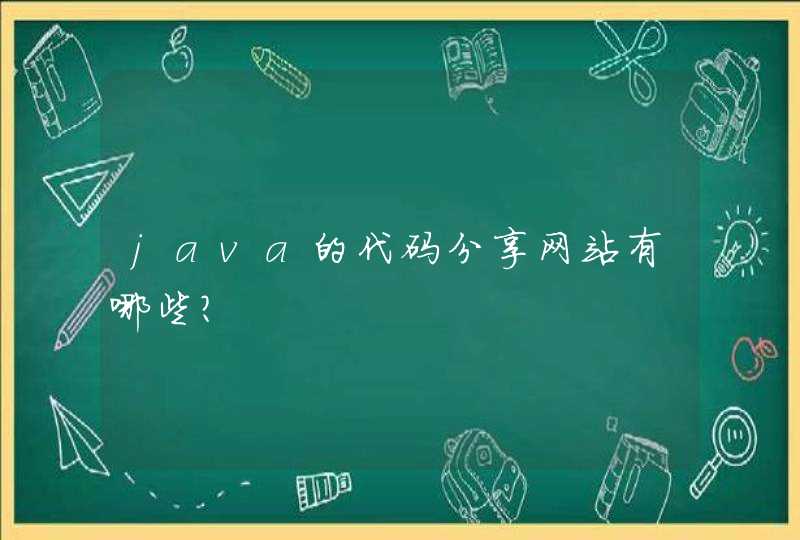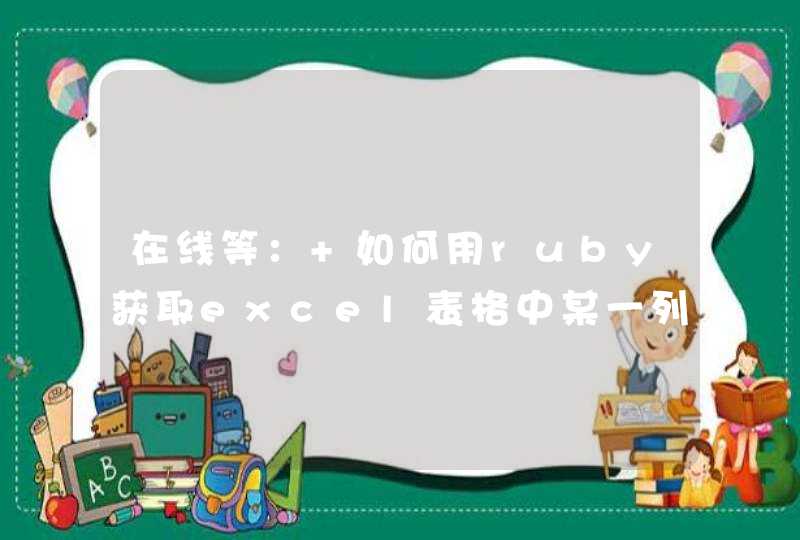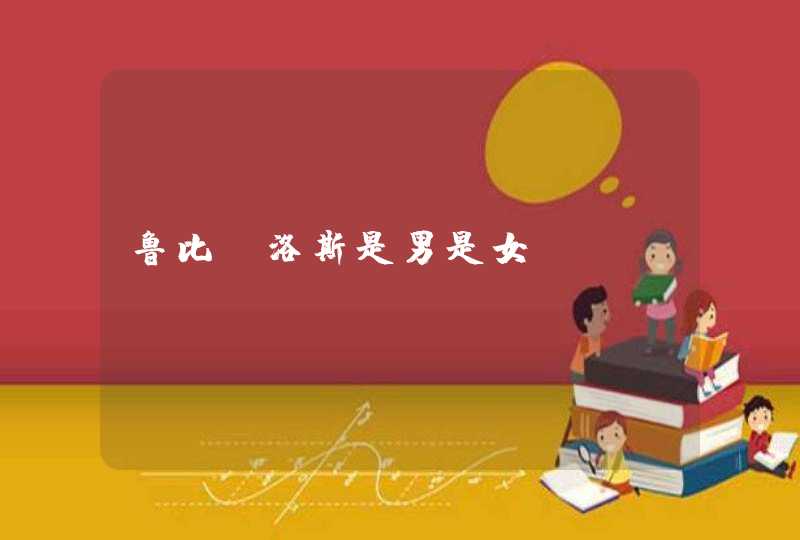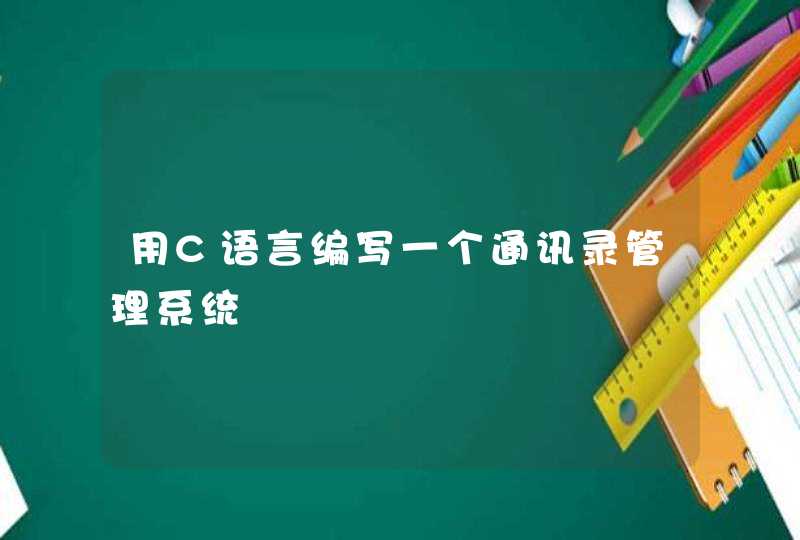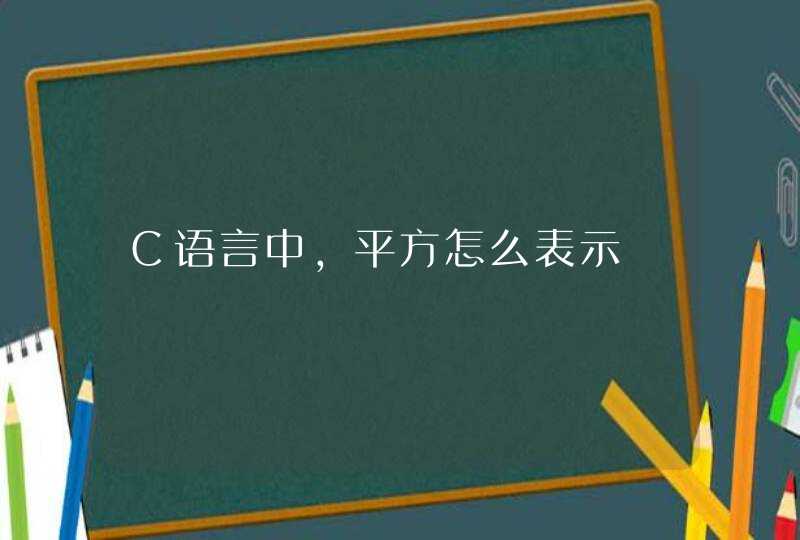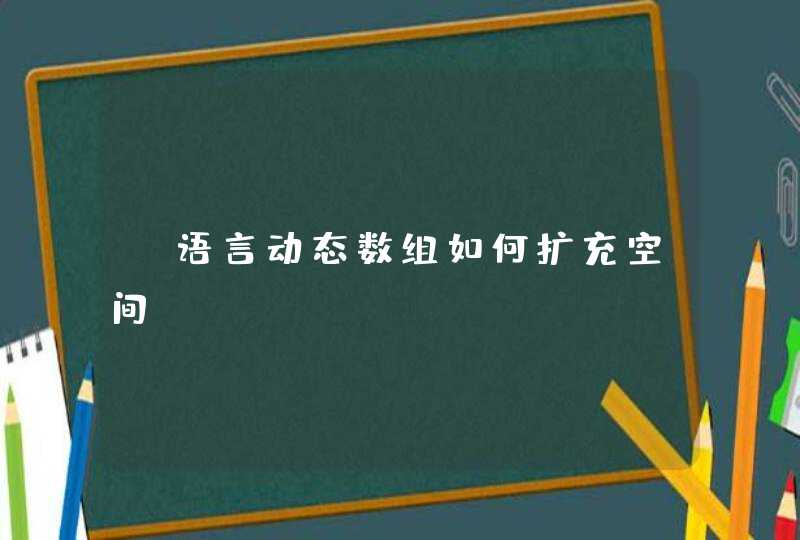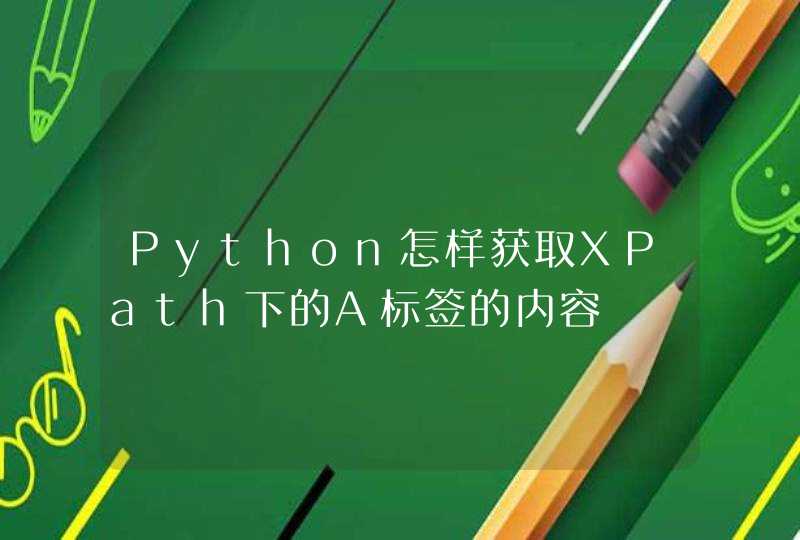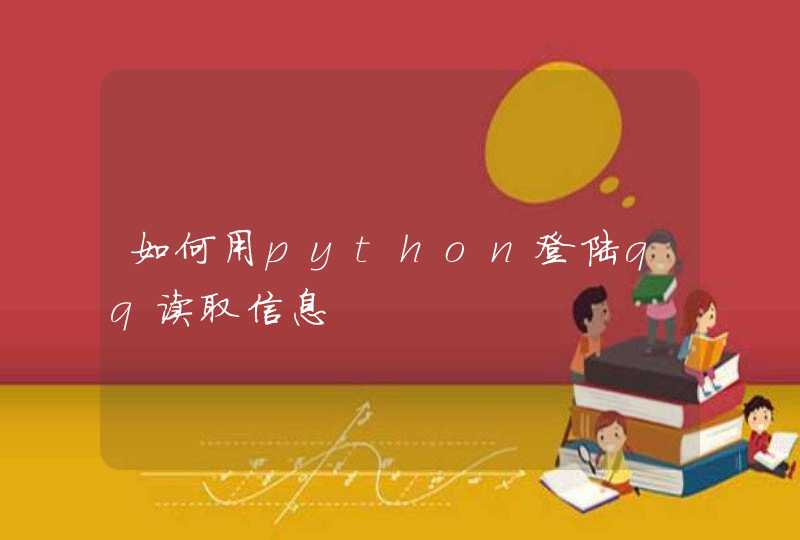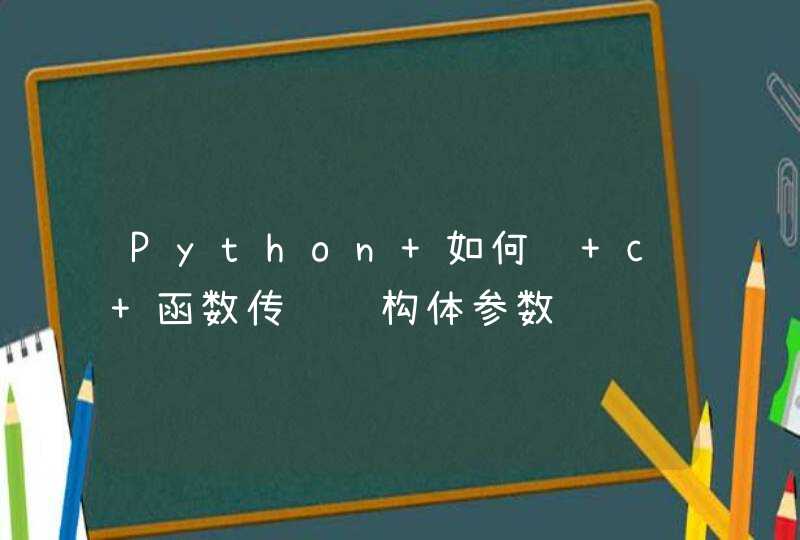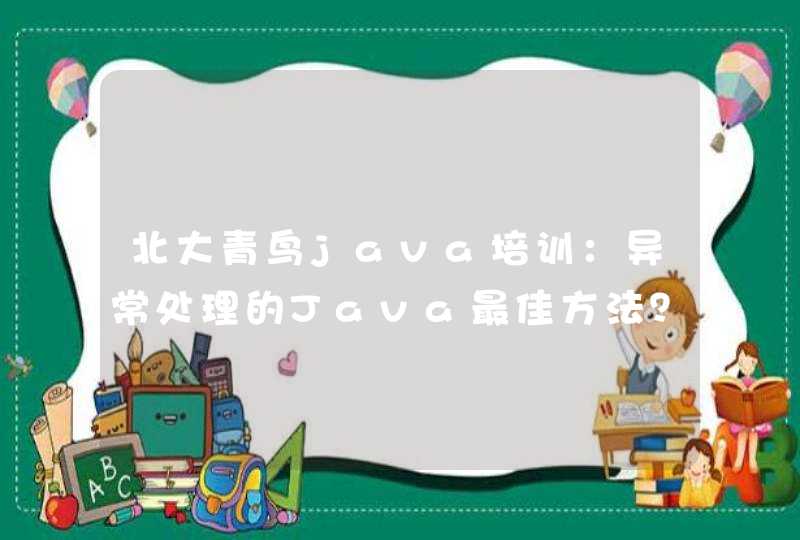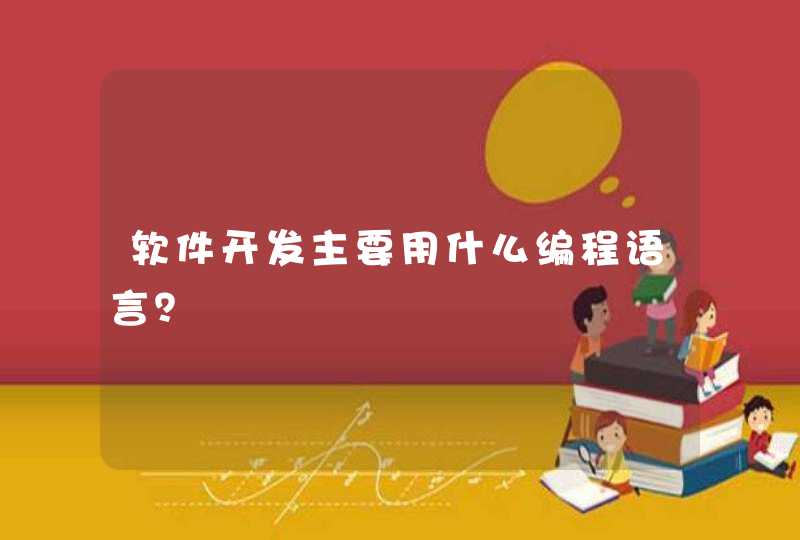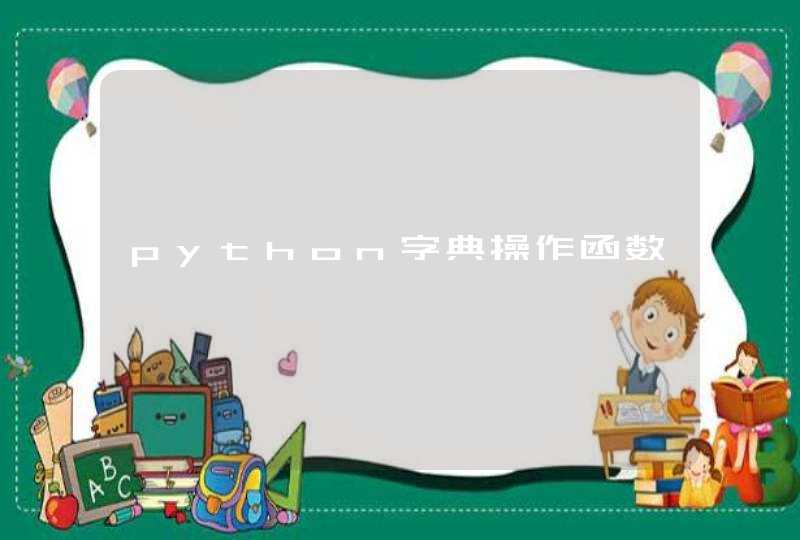
(1)len():返回字典中键—值对的数量;
(2)d[k]:返回关键字对于的值;
(3)d[k]=v:将值关联到键值k上;
(4)del d[k]:删除键值为k的项;
(5)key in d:键值key是否在d中,是返回True,否则返回False。
(6)clear函数:清除字典中的所有项
(7)copy函数:返回一个具有相同键值的新字典;deepcopy()函数使用深复制,复制其包含所有的值,这个方法可以解决由于副本修改而使原始字典也变化的问题
(8)fromkeys函数:使用给定的键建立新的字典,键默认对应的值为None
(9)get函数:访问字典成员
(10)has_key函数:检查字典中是否含有给出的键
(11)items和iteritems函数:items将所有的字典项以列表方式返回,列表中项来自(键,值),iteritems与items作用相似,但是返回的是一个迭代器对象而不是列表
(12)keys和iterkeys:keys将字典中的键以列表形式返回,iterkeys返回键的迭代器
(13)pop函数:删除字典中对应的键
(14)popitem函数:移出字典中的项
(15)setdefault函数:类似于get方法,获取与给定键相关联的值,也可以在字典中不包含给定键的情况下设定相应的键值
(16)update函数:用一个字典更新另外一个字典
(17) values和itervalues函数:values以列表的形式返回字典中的值,itervalues返回值得迭代器,由于在字典中值不是唯一的,所以列表中可以包含重复的元素
一、字典的创建
1.1 直接创建字典
d={'one':1,'two':2,'three':3}
printd
printd['two']
printd['three']
运算结果:
=======RESTART: C:\Users\Mr_Deng\Desktop\test.py=======
{'three':3,'two':2,'one':1}
>>>
1.2 通过dict创建字典
# _*_ coding:utf-8 _*_
items=[('one',1),('two',2),('three',3),('four',4)]
printu'items中的内容:'
printitems
printu'利用dict创建字典,输出字典内容:'
d=dict(items)
printd
printu'查询字典中的内容:'
printd['one']
printd['three']
运算结果:
=======RESTART: C:\Users\Mr_Deng\Desktop\test.py=======
items中的内容:
[('one',1), ('two',2), ('three',3), ('four',4)]
利用dict创建字典,输出字典内容:
{'four':4,'three':3,'two':2,'one':1}
查询字典中的内容:
>>>
或者通过关键字创建字典
# _*_ coding:utf-8 _*_
d=dict(one=1,two=2,three=3)
printu'输出字典内容:'
printd
printu'查询字典中的内容:'
printd['one']
printd['three']
运算结果:
=======RESTART: C:\Users\Mr_Deng\Desktop\test.py=======
输出字典内容:
{'three':3,'two':2,'one':1}
查询字典中的内容:
>>>
二、字典的格式化字符串
# _*_ coding:utf-8 _*_
d={'one':1,'two':2,'three':3,'four':4}
printd
print"three is %(three)s."%d
运算结果:
=======RESTART: C:\Users\Mr_Deng\Desktop\test.py=======
{'four':4,'three':3,'two':2,'one':1}
threeis3.
>>>
三、字典方法
3.1 clear函数:清除字典中的所有项
# _*_ coding:utf-8 _*_
d={'one':1,'two':2,'three':3,'four':4}
printd
d.clear()
printd
运算结果:
=======RESTART: C:\Users\Mr_Deng\Desktop\test.py=======
{'four':4,'three':3,'two':2,'one':1}
{}
>>>
请看下面两个例子
3.1.1
# _*_ coding:utf-8 _*_
d={}
dd=d
d['one']=1
d['two']=2
printdd
d={}
printd
printdd
运算结果:
=======RESTART: C:\Users\Mr_Deng\Desktop\test.py=======
{'two':2,'one':1}
{}
{'two':2,'one':1}
>>>
3.1.2
# _*_ coding:utf-8 _*_
d={}
dd=d
d['one']=1
d['two']=2
printdd
d.clear()
printd
printdd
运算结果:
=======RESTART: C:\Users\Mr_Deng\Desktop\test.py=======
{'two':2,'one':1}
{}
{}
>>>
3.1.2与3.1.1唯一不同的是在对字典d的清空处理上,3.1.1将d关联到一个新的空字典上,这种方式对字典dd是没有影响的,所以在字典d被置空后,字典dd里面的值仍旧没有变化。但是在3.1.2中clear方法清空字典d中的内容,clear是一个原地操作的方法,使得d中的内容全部被置空,这样dd所指向的空间也被置空。
3.2 copy函数:返回一个具有相同键值的新字典
# _*_ coding:utf-8 _*_
x={'one':1,'two':2,'three':3,'test':['a','b','c']}
printu'初始X字典:'
printx
printu'X复制到Y:'
y=x.copy()
printu'Y字典:'
printy
y['three']=33
printu'修改Y中的值,观察输出:'
printy
printx
printu'删除Y中的值,观察输出'
y['test'].remove('c')
printy
printx
运算结果:
=======RESTART: C:\Users\Mr_Deng\Desktop\test.py=======
初始X字典:
{'test': ['a','b','c'],'three':3,'two':2,'one':1}
X复制到Y:
Y字典:
{'test': ['a','b','c'],'one':1,'three':3,'two':2}
修改Y中的值,观察输出:
{'test': ['a','b','c'],'one':1,'three':33,'two':2}
{'test': ['a','b','c'],'three':3,'two':2,'one':1}
删除Y中的值,观察输出
{'test': ['a','b'],'one':1,'three':33,'two':2}
{'test': ['a','b'],'three':3,'two':2,'one':1}
>>>
注:在复制的副本中对值进行替换后,对原来的字典不产生影响,但是如果修改了副本,原始的字典也会被修改。deepcopy函数使用深复制,复制其包含所有的值,这个方法可以解决由于副本修改而使原始字典也变化的问题。
# _*_ coding:utf-8 _*_
fromcopyimportdeepcopy
x={}
x['test']=['a','b','c','d']
y=x.copy()
z=deepcopy(x)
printu'输出:'
printy
printz
printu'修改后输出:'
x['test'].append('e')
printy
printz
运算输出:
=======RESTART: C:\Users\Mr_Deng\Desktop\test.py=======
输出:
{'test': ['a','b','c','d']}
{'test': ['a','b','c','d']}
修改后输出:
{'test': ['a','b','c','d','e']}
{'test': ['a','b','c','d']}
>>>
3.3 fromkeys函数:使用给定的键建立新的字典,键默认对应的值为None
# _*_ coding:utf-8 _*_
d=dict.fromkeys(['one','two','three'])
printd
运算输出:
=======RESTART: C:\Users\Mr_Deng\Desktop\test.py=======
{'three':None,'two':None,'one':None}
>>>
或者指定默认的对应值
# _*_ coding:utf-8 _*_
d=dict.fromkeys(['one','two','three'],'unknow')
printd
运算结果:
=======RESTART: C:\Users\Mr_Deng\Desktop\test.py=======
{'three':'unknow','two':'unknow','one':'unknow'}
>>>
3.4 get函数:访问字典成员
# _*_ coding:utf-8 _*_
d={'one':1,'two':2,'three':3}
printd
printd.get('one')
printd.get('four')
运算结果:
=======RESTART: C:\Users\Mr_Deng\Desktop\test.py=======
{'three':3,'two':2,'one':1}
1
None
>>>
注:get函数可以访问字典中不存在的键,当该键不存在是返回None
3.5 has_key函数:检查字典中是否含有给出的键
# _*_ coding:utf-8 _*_
d={'one':1,'two':2,'three':3}
printd
printd.has_key('one')
printd.has_key('four')
运算结果:
=======RESTART: C:\Users\Mr_Deng\Desktop\test.py=======
{'three':3,'two':2,'one':1}
True
False
>>>
3.6 items和iteritems函数:items将所有的字典项以列表方式返回,列表中项来自(键,值),iteritems与items作用相似,但是返回的是一个迭代器对象而不是列表
# _*_ coding:utf-8 _*_
d={'one':1,'two':2,'three':3}
printd
list=d.items()
forkey,valueinlist:
printkey,':',value
运算结果:
=======RESTART: C:\Users\Mr_Deng\Desktop\test.py=======
{'three':3,'two':2,'one':1}
three :3
two :2
one :1
>>>
# _*_ coding:utf-8 _*_
d={'one':1,'two':2,'three':3}
printd
it=d.iteritems()
fork,vinit:
print"d[%s]="%k,v
运算结果:
=======RESTART: C:\Users\Mr_Deng\Desktop\test.py=======
{'three':3,'two':2,'one':1}
d[three]=3
d[two]=2
d[one]=1
>>>
3.7 keys和iterkeys:keys将字典中的键以列表形式返回,iterkeys返回键的迭代器
# _*_ coding:utf-8 _*_
d={'one':1,'two':2,'three':3}
printd
printu'keys方法:'
list=d.keys()
printlist
printu'\niterkeys方法:'
it=d.iterkeys()
forxinit:
printx
运算结果:
=======RESTART: C:\Users\Mr_Deng\Desktop\test.py=======
{'three':3,'two':2,'one':1}
keys方法:
['three','two','one']
iterkeys方法:
three
two
one
>>>
3.8 pop函数:删除字典中对应的键
# _*_ coding:utf-8 _*_
d={'one':1,'two':2,'three':3}
printd
d.pop('one')
printd
运算结果:
=======RESTART: C:\Users\Mr_Deng\Desktop\test.py=======
{'three':3,'two':2,'one':1}
{'three':3,'two':2}
>>>
3.9 popitem函数:移出字典中的项
# _*_ coding:utf-8 _*_
d={'one':1,'two':2,'three':3}
printd
d.popitem()
printd
运算结果:
=======RESTART: C:\Users\Mr_Deng\Desktop\test.py=======
{'three':3,'two':2,'one':1}
{'two':2,'one':1}
>>>
3.10 setdefault函数:类似于get方法,获取与给定键相关联的值,也可以在字典中不包含给定键的情况下设定相应的键值
# _*_ coding:utf-8 _*_
d={'one':1,'two':2,'three':3}
printd
printd.setdefault('one',1)
printd.setdefault('four',4)
printd
运算结果:
{'three':3,'two':2,'one':1}
{'four':4,'three':3,'two':2,'one':1}
>>>
3.11 update函数:用一个字典更新另外一个字典
# _*_ coding:utf-8 _*_
d={
'one':123,
'two':2,
'three':3
}
printd
x={'one':1}
d.update(x)
printd
运算结果:
=======RESTART: C:\Users\Mr_Deng\Desktop\test.py=======
{'three':3,'two':2,'one':123}
{'three':3,'two':2,'one':1}
>>>
3.12 values和itervalues函数:values以列表的形式返回字典中的值,itervalues返回值得迭代器,由于在字典中值不是唯一的,所以列表中可以包含重复的元素
# _*_ coding:utf-8 _*_
d={
'one':123,
'two':2,
'three':3,
'test':2
}
printd.values()
运算结果:
=======RESTART: C:\Users\Mr_Deng\Desktop\test.py=======
[2,3,2,123]
>>>
具体函数有 set(),pop(),update(),items(),keys(),values(),get(),setdefault()
python 字典操作
假设字典为 dics = {0:'a', 1:'b', 'c':3}
二是使用dict本身提供的一个 get 方法,在Key不存在的时候,返回None:
>>>print dics.get('a')
0
>>>print dics.get('Paul')
None
dict.get(key,default=None) 两个选项 一个 key 一个 default= None ----default可以是任何strings(字符)
2.从字典中取值,若找到则删除;当键不存在时,显示异常key error
[方法] dics.pop('key')
3.给字典添加一个条目。如果不存在,就指定特定的值;若存在,就算了。
[方法] dic.setdefault(key, value)
4. update
>>>a = {'a':1,'b':2}
>>>a.update({'c':3})
>>>a
{'a': 1,'c': 3,'b': 2}
>>>a.update({'c':4})
>>>a
{'a': 1,'c': 4,'b': 2}
dict的作用是建立一组 key 和一组 value 的映射关系,dict的key是不能重复的。
有的时候,我们只想要 dict 的 key,不关心 key 对应的 value,目的就是保证这个集合的元素不会重复,这时,set就派上用场了。
1、字典:两大特点:无序,键唯一
无序存储,键值对的形式存储数据
键是唯一不可修改的,不能用列表做键
2、python中不可变类型:整形,字符串,元组
可变类型:字典,列表
3、字典中方法:
增加:
dic1 = {'name':'alex'}
dic1 = ['age'] =18
*dic1 = {'age':18,'name':'alex'}
dic1.setdefault() 键存在,不改动,返回字典相应键对应的值,键不存在,在字典中增加新的键值对,并返回相应的值
查找:
通过键查找
dic1.keys()打印字典中所有键
#dict1.keys['name','age'] --转换成列表:list(dic1.keys())
dic1.values()打印字典中所有值
dic1.items()打印所有键值对
修改:
直接赋值
dic3= {'name':'alex','age':18}
dic4 = {'sex':'male','age':36}
dic3.update(dic4) #有相同的key,值会修改
删除:
dic.clear() #清空字典
del dic['name'] #删除字典中指定键值对
dic.pop('age')#删除字典中指定键值对,并返回该键值对的值
dic.popitem() #随机删除键值对,并以元组方式返回
其他操作涉及的方法:
dic1 =dict.formkeys(['host1','host2'],'test')#{'host1':'test','host2':'test'}
dic1 =dict.formkeys(['host1','host2','host3'],['test1','test2'])#{'host1':['test1','test2'],'host2':['test1','test2'],'host3':['test1','test2']}
dic1['host2'][1] = 'test3' #{'host3':['test1''test3'],'host2':['test1''test3'],'host1':['test1''test3']}
字典的嵌套:
字典的排序:
字典的遍历:
字符串的操作
a = '123'
b= 'abc'
c = a+b #123abc
c='****'.join([a,b])#123****abc
st = 'hello kitty{name} is {age}'
st.count('l') #2 统计元素个数
st.captialize() #Hello kitty 首字母大写
st.center(50,'-')#--------hello kitty --------居中
st.endswith('tty3')#判断是否以某个内容结尾
st.startswith('he')#判断是否以某个内容开头
st.find('t') #8 查找第一个元素,并返回索引,不存在是返回-1
st.format(name = 'alex',age= 37)#hello kitty alex is 37
st.format_map({'name' :'alex','age':27})#hello kitty alex is 27
st.index('t') #8 返回索引,找不到报错
‘ab'.isalnum()
'123'.isdigit()
